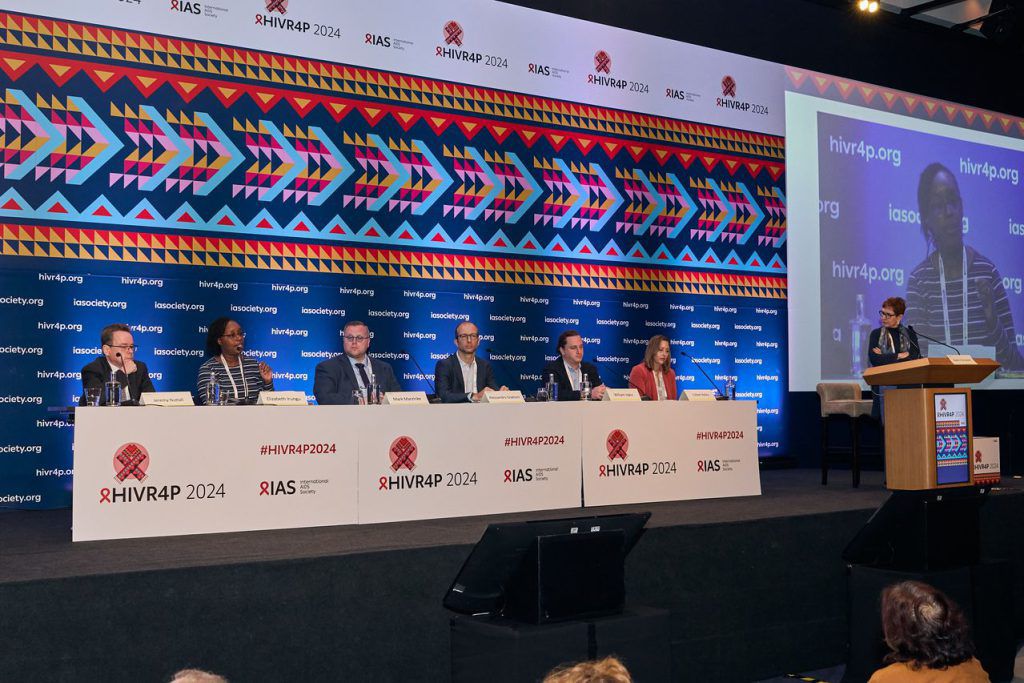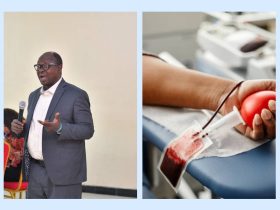

By Daniel Igboekwe
At the HIV Research for Prevention Conference (HIVR4P 2024) in Lima, Peru, Elizabeth Irungu of Jhpiego presented findings from the CATALYST study, revealing that African women are increasingly opting for new HIV prevention methods.
The study, which surveyed over 3,900 women in Kenya, South Africa, and other countries, showed that 30% of women chose the dapivirine vaginal ring (DVR), while 66% preferred oral PrEP (pre-exposure prophylaxis).
The DVR, a flexible silicone ring that releases an antiretroviral drug over 28 days, has become particularly popular among pregnant and breastfeeding women. Unlike daily pills, the DVR offers a monthly solution, making it more convenient for women who may have multiple partners or use contraceptives. “These findings show the importance of giving women options that suit their lifestyles,” said Irungu, emphasizing that having a range of choices empowers women to select prevention methods that best fit their needs.
The ongoing CATALYST study will continue to monitor how these preferences evolve, providing critical data to inform strategies aimed at increasing HIV prevention uptake across Africa.
Following the success of the one-month DVR, researchers at HIVR4P 2024 also unveiled promising data on a three-month version of the ring. New research conducted by the Population Council’s Center for Biomedical Research in South Africa indicates that the three-month DVR could be as effective as the current one-month version.
This new option would reduce the need for frequent replacements, making HIV prevention even more accessible, particularly for women in low-resource settings. By offering a longer-lasting solution, the three-month ring could improve adherence and help reduce HIV transmission rates further.
In addition to advancements in the DVR, HIVR4P 2024 highlighted the success of lenacapavir, a subcutaneous injection administered every six months. Data from the PURPOSE 2 trial, presented by Colleen Kelley of Emory University, showed that lenacapavir reduced HIV risk by 96%. The trial, which included 2,184 participants from countries such as South Africa, Argentina, Thailand, and the United States, only reported two HIV cases, underscoring the injection’s effectiveness.
Lenacapavir’s high efficacy rate surpasses that of current daily medications and could revolutionize HIV prevention globally. This breakthrough follows the earlier success of the PURPOSE 1 trial in Africa, where lenacapavir showed a 100% reduction in HIV cases among cisgender women.
The Role of HIVR4P 2024 in Latin America
HIVR4P 2024, hosted by the International AIDS Society (IAS) from October 6 to 10, marks the first time the conference has been held in Latin America. With new HIV cases in the region increasing by 9% between 2010 and 2023, the IAS chose Lima, Peru, as the venue to spotlight the region’s growing epidemic and the urgent need for HIV prevention efforts.
The event gathered approximately 1,500 participants from 78 countries, both in-person and virtually, with 350 abstracts presented. IAS President Beatriz Grinsztejn emphasized the importance of addressing Latin America’s HIV crisis, aiming to mobilize scientific efforts and expand prevention strategies in the region.
Global impact and future directions
The HIVR4P 2024 conference serves as a critical platform for advancing HIV prevention research and ensuring equitable access to effective tools worldwide.
The conference’s focus on innovations like the DVR and lenacapavir highlights the progress being made in HIV prevention and the need to tailor solutions to the specific needs of different populations. By expanding these new prevention methods and ensuring they reach communities most affected by HIV, the conference aims to bring hope and effective strategies to millions worldwide.





Leave a Reply
View Comments